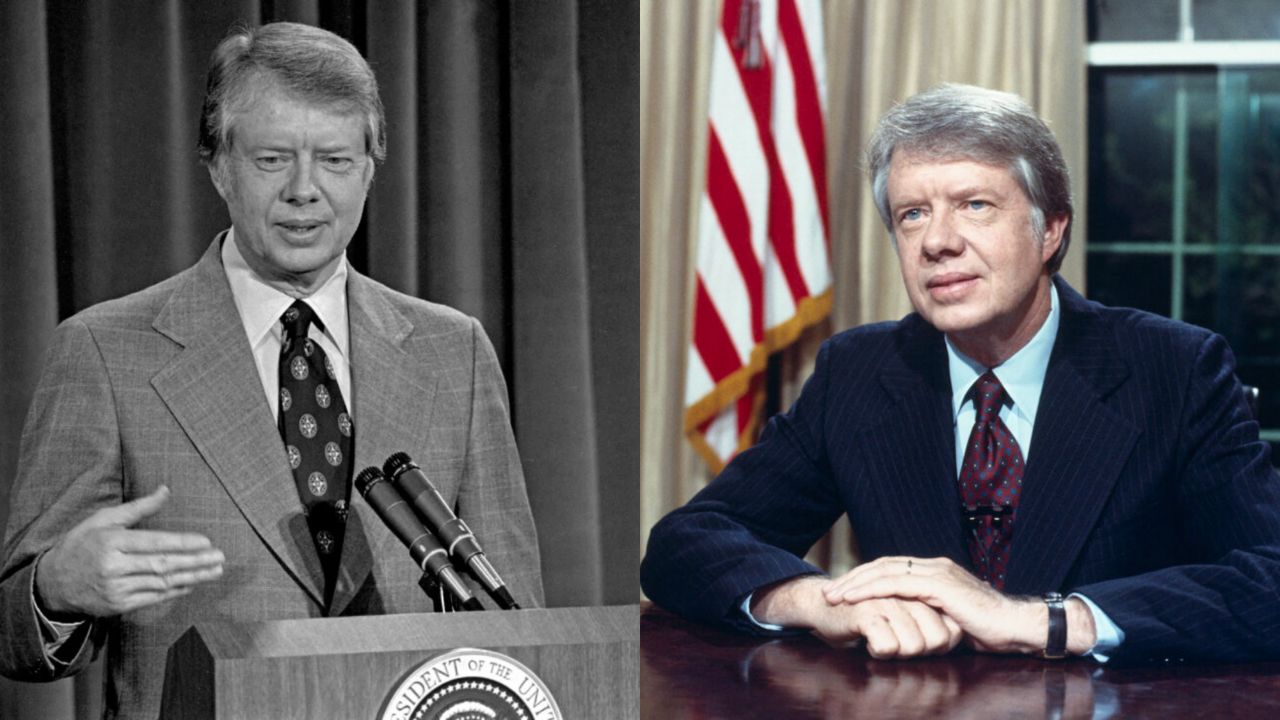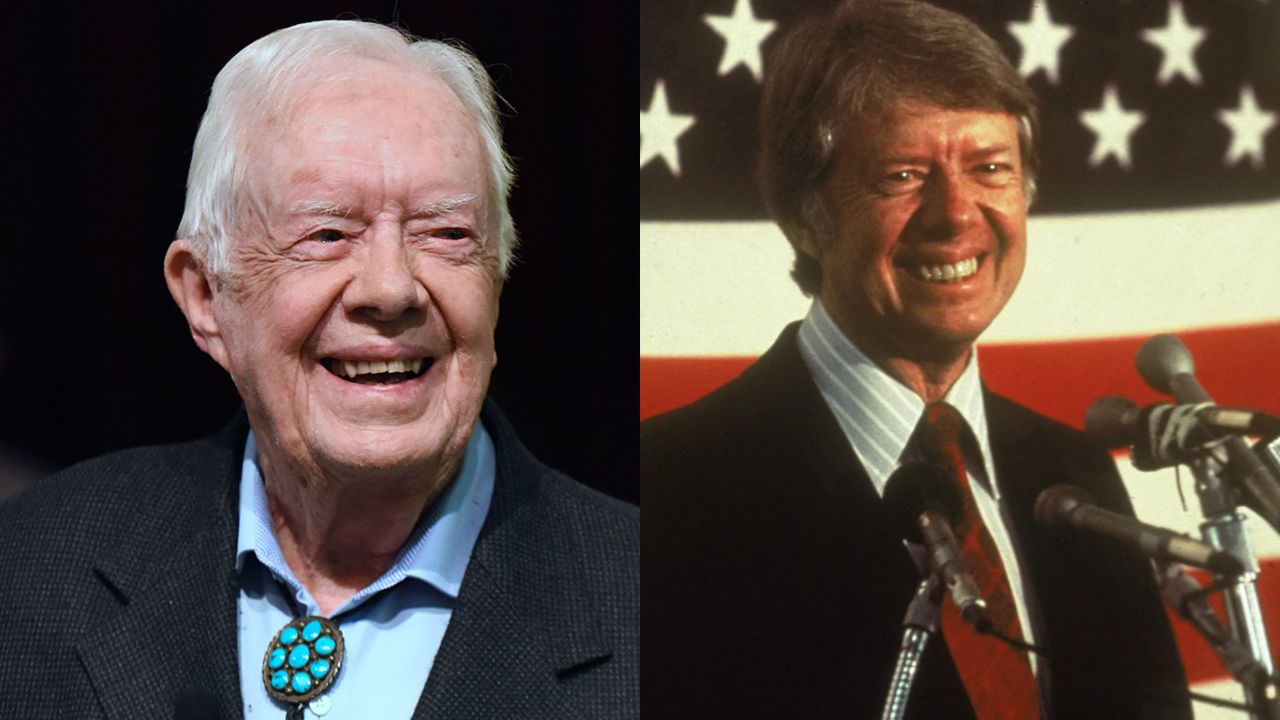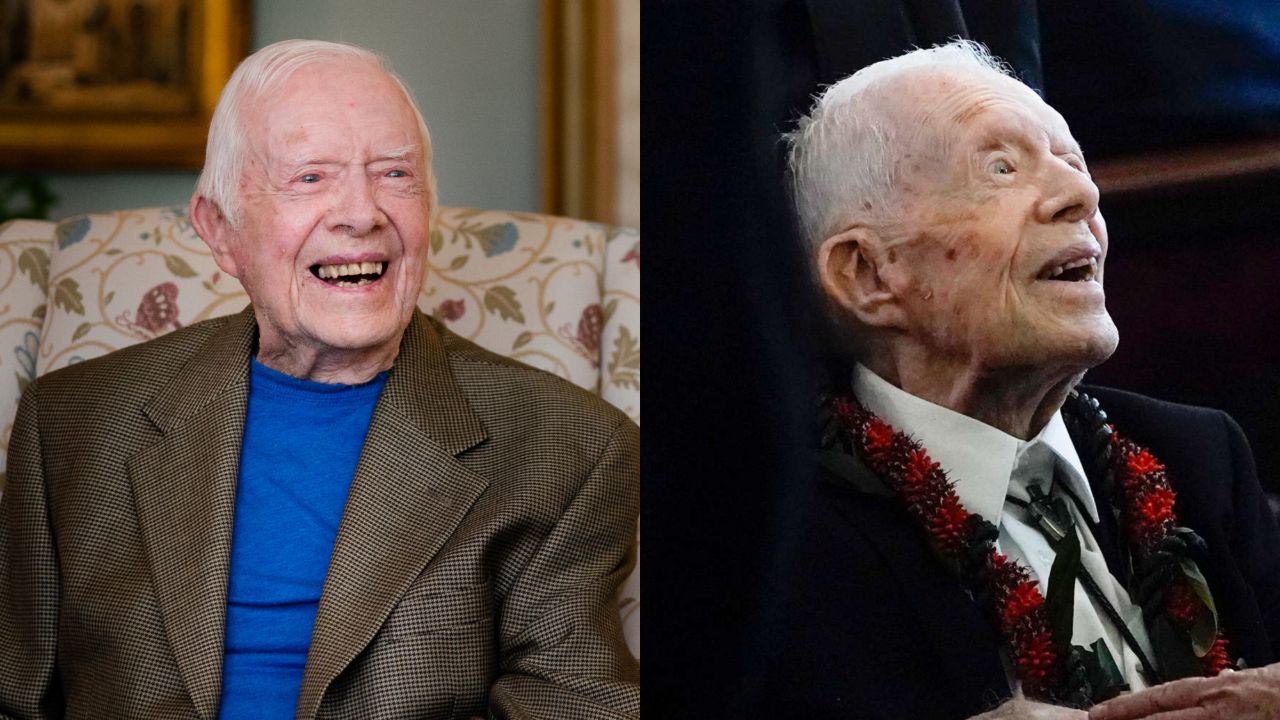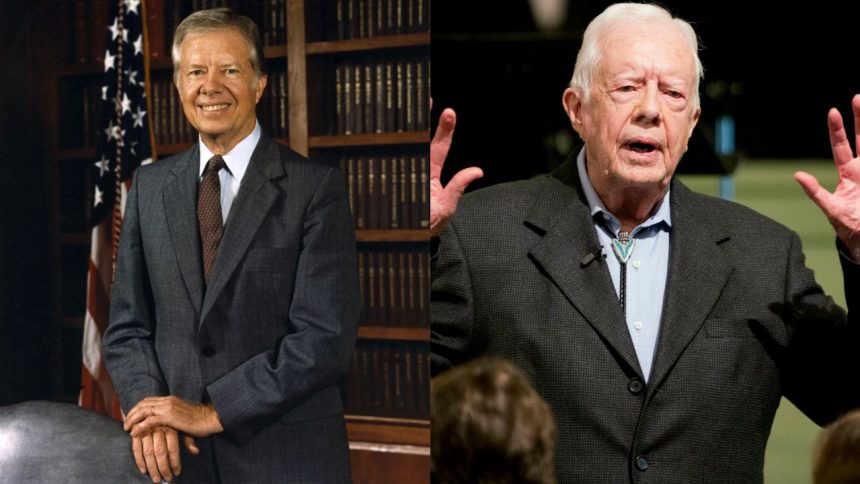Jimmy Carter, the 39th President of the United States, is tough to pin down with simple labels. He served just one term, from 1977 to 1981, as a Democrat, but his approach and presidency didn’t exactly fit the usual liberal mold of his party.
Born in Plains, Georgia, in 1924, Carter—who became the subject of online fascination following his passing in December 2024—made a name for himself as a former Georgia governor who leaned into his outsider status in Washington. When he ran against Republican Gerald Ford in 1976, he tapped into the public’s frustration after Watergate, offering a fresh message of honesty and accountability that really clicked with voters looking for something different.
The Party Puzzle: Was Jimmy Carter Truly a Democrat?

The 1976 presidential election was super close, one of the tightest in U.S. history. Jimmy Carter’s campaign focused on government transparency, human rights, and social justice and promised a fresh way of doing things. On the other hand, Ford, who became president after Nixon resigned, had the challenge of trying to shake off the scandals tied to Nixon’s administration.
In the end, Carter barely won, grabbing 297 electoral votes to Ford’s 240 and just over 50% of the popular vote. The slim win showcased how divided voters were, but it also showed they were ready for a change from the Republican leadership of the previous eight years.

Carter’s time as president had its fair share of highs and lows. On the bright side, he made a big push for human rights, both at home and around the world. One of his standout achievements was helping to negotiate the Camp David Accords in 1978, a historic peace deal between Israel and Egypt that’s still a big deal in Middle Eastern politics.
Back in the U.S., he set up the Department of Education and passed the Alaska National Interest Lands Conservation Act, which protected over 100 million acres of wilderness. But it wasn’t all smooth sailing—his presidency faced some serious challenges. The energy crisis, rising inflation, and unemployment hit the economy hard, and the Iran hostage crisis, where 52 Americans were held for 444 days, was a major blow to his administration.
When Jimmy Carter ran for re-election in 1980, he had a tough time going up against Ronald Reagan, the former California governor and Hollywood actor. Reagan’s campaign was all about optimism, promising a smaller government, lower taxes, and a stronger national defense. Meanwhile, Carter was stuck dealing with a rough economy and the lingering hostage crisis, which hurt his chances. Reagan won big, taking 44 states and racking up 489 electoral votes to Carter’s 49. It was a clear rejection of Carter’s time in office and kicked off a conservative wave that shaped U.S. politics for years.
Government Can’t Solve Everything: Jimmy Carter’s Warning to a Changing America
Jimmy Carter’s post-presidency added more layers to how people see him. While many think of him as a liberal because of his humanitarian work—like founding the Carter Center and pushing for peace and global health—his presidency was actually pretty centrist. Carter even said he felt closer to conservative Democrats and moderate Republicans than to the liberal side of his party. His focus on cutting the federal deficit and deregulating industries like airlines and trucking showed a fiscally conservative streak, fitting into a broader shift toward less government intervention that took off during his time, even before Reagan.

Carter’s faith played a big part in shaping his political identity. He was the first president to openly call himself “born again,” which connected with evangelical voters who were gaining influence in American politics. But this connection didn’t last long. By the 1980s, conservative evangelical leaders like Jerry Falwell and the Moral Majority shifted these voters toward Reagan and the Republican Party, making Carter more of a transitional figure in the political shift of religious conservatives.
To really get Jimmy Carter’s presidency, you’ve got to look at the bigger picture. By the time he stepped into office, the New Deal liberalism that had shaped the Democratic Party for decades was on its way out. The Vietnam War, the civil rights movement, and economic struggles had left people doubting the government and caused rifts in the party. Carter’s down-to-earth style, focusing on the limits of government and personal responsibility, was a sign of the changing times. His 1978 State of the Union line—“government cannot solve our problems”—gave a sneak peek of Reagan’s later take: “government is the problem.”
BREAKING: Jimmy Carter, whose tireless humanitarian efforts made him one of the most respected former presidents in U.S. history, has died. He was 100.
Read more about his life and legacy: https://t.co/7vx5J4CEU4 pic.twitter.com/nwSArnvAjf
— ABC News (@ABC) December 29, 2024
Even though Carter tried to stay in the middle with his policies, he caught flak from both sides. Liberals like Arthur Schlesinger Jr. and Bob Shrum thought he was ditching the Democratic Party’s usual focus on big government and social programs. On the flip side, conservatives saw him as soft on defense, especially after the botched mission to rescue the Iranian hostages. Ironically, Carter actually ramped up military spending, and by picking Paul Volcker as Fed Chair, he set the stage for tackling the sky-high inflation of the 1970s.
People often see Jimmy Carter as a liberal, mostly because of what he did after leaving the presidency—focusing on global health, fighting poverty, and promoting peace. But his time in office shows a more complicated side. He was a Southern Democrat influenced by his region’s conservative values but also deeply committed to civil rights and ethical leadership. His presidency was like a bridge, connecting the liberal era of the mid-1900s to the conservative wave that came later. While it’s hard to pin his time in office to one ideology, his legacy highlights the tough balancing act of leading during a time of significant changes.



